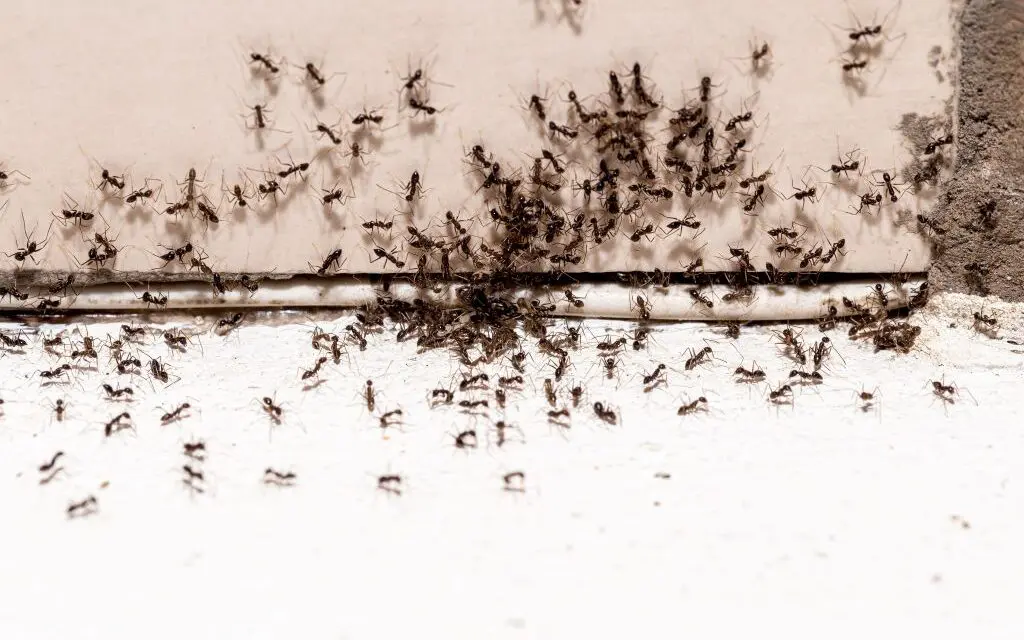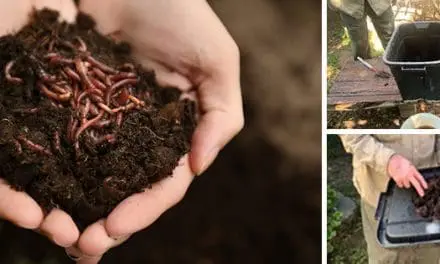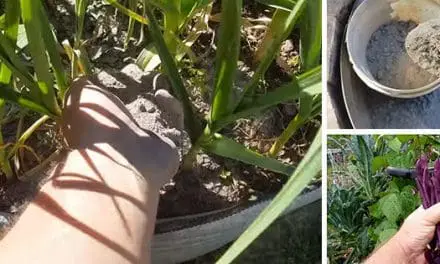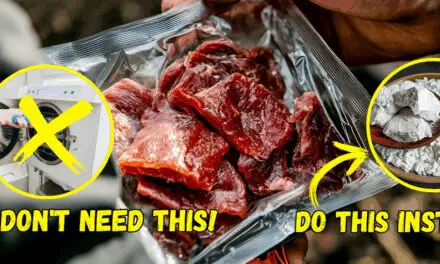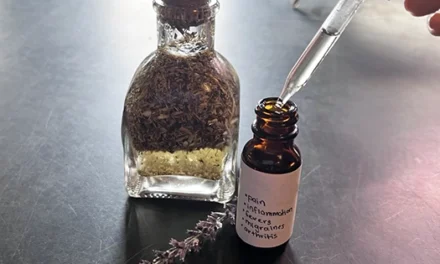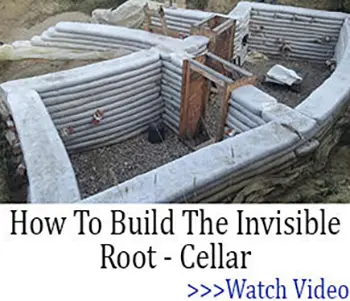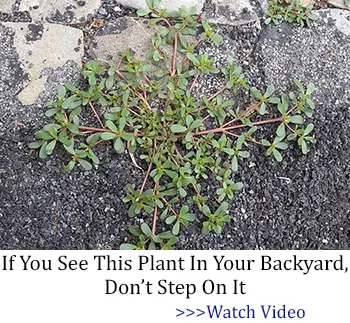5 DIY Recipes to Eliminate Ants Naturally
Learning how to make your own homemade ant killer should be a priority for every house owner who does not have the knowledge. There’s nothing like spotting a trail of ants marching through your kitchen to remind you just how determined nature can be. While store-bought insecticides might seem like the quickest solution, they often come with a host of chemicals that many of us would rather not bring into our homes. Luckily, with a little know-how and ingredients you likely already have on hand, you can take care of the problem the old-fashioned way, simple, effective, and chemical-free.
How to Tell You Have an Ant Infestation
Before learning how to make your own homemade ant killer, it’s important to confirm you’re dealing with more than a stray scout or two. Here are some common signs of an infestation:
-
Consistent Sightings: If you spot ants in the same area day after day, particularly in your kitchen, you likely have an active trail to a food source.
-
Ant Trails: Ants leave behind a pheromone trail for others to follow. A visible line of ants moving between a food source and their nest is a sure sign.
-
Nest Sightings: Outdoors, you may notice small mounds of soil or sand near your home’s foundation. Inside, nests can be hidden in wall voids, behind appliances, or under floors.
-
Damaged Food Packaging: Ants are resourceful. If they’re getting into your pantry, you’ll often find small holes chewed through packaging or clusters of ants in dry goods.
Once you’ve confirmed an infestation, it’s time to take action.
1. Vinegar and Water Spray
Why It Works: Ants rely on pheromone trails to find their way between food and their nest. Vinegar disrupts these trails and kills ants on contact.
Ingredients:
-
1 cup white vinegar
-
1 cup water
-
Spray bottle
Instructions:
Mix equal parts vinegar and water in a spray bottle. Spray directly on ant trails, around entry points like windowsills and doorways, and anywhere you’ve spotted ant activity. Repeat daily until the ants are gone.
2. Baking Soda and Powdered Sugar Trap
Why It Works: The powdered sugar attracts ants, while baking soda reacts with their digestive system, killing them without harsh chemicals, a highly-effective homemade ant killer.
Ingredients:
-
1 part baking soda
-
1 part powdered sugar
-
Small shallow containers or bottle caps
Instructions:
Mix equal parts baking soda and sugar in a small bowl. Place the mixture in bottle caps or shallow lids near ant trails or where you’ve seen activity. Check and refresh every few days.
3. Borax and Honey Paste
Why It Works: Borax is toxic to ants when ingested and spreads back to the colony, wiping out the source. This homemade ant killer can kill much more than just the ants that make it to your property.
Ingredients:
-
2 tablespoons borax
-
2 tablespoons honey
-
Water (optional for thinning)
-
Wax paper or small pieces of cardboard
Instructions:
Combine borax and honey into a thick paste. Place dollops on wax paper or cardboard and set near ant activity. Be cautious—keep this out of reach of children and pets.
4. Lemon Juice Barrier
Why It Works: The acidity in lemon juice masks ant scent trails and discourages further exploration.
Ingredients:
-
Juice of 2 lemons
-
1 cup water
-
Spray bottle
Instructions:
Mix lemon juice and water in a spray bottle. Spray around doors, windows, baseboards, and any known entry points. Reapply every few days or after cleaning.
5. Cinnamon Essential Oil Spray
Why It Works: Cinnamon oil not only repels ants but also disrupts their neural pathways, making it difficult for them to communicate.
Ingredients:
-
10–15 drops cinnamon essential oil
-
1 cup water
-
Spray bottle
Instructions:
Combine the oil and water in a spray bottle. Shake well before each use. Spray along baseboards, under sinks, and in corners where ants are entering.
When Homemade Remedies Aren’t Enough
In most cases, these DIY methods are effective if caught early. However, if the infestation is extensive or the ants keep returning despite your best efforts, it may be time to:
-
Locate and Destroy the Nest: Look for external nests in the yard, under concrete, or inside walls.
-
Seal Entry Points: Use caulk to block gaps and holes ants may be using.
-
Contact a Professional: If all else fails, consider calling a pest control service that offers natural or less-toxic options.
Don’t feel like you’ve failed if it comes to that. Sometimes the infestation is bigger than what you can see, and staying ahead of it is what matters most.
Discover More Forgotten Skills
Our ancestors knew how to keep their homes clean, safe, and free of pests with a homemade ant killer without depending on big-box stores or toxic sprays. If you’re serious about reclaiming those skills and living more self-sufficiently, The Amish Ways is a powerful resource.
This book dives into tried-and-true methods that have stood the test of time—from natural pest control to food storage and home remedies. Whether you’re new to homesteading or just looking to sharpen your preparedness, there’s no better guide.
👉 Click here to get your copy of The Amish Ways.
You may also like:
 Deterring Unwanted Pests with Lemon and Baking Soda
Deterring Unwanted Pests with Lemon and Baking Soda
The Best Natural Painkiller That Grows In Your Own Backyard (Video)
Plant These To Keep The Pests Away
How to Attract Ladybugs To Your Garden – Nature’s Crop Guardians
The Vinegar Weed Killer Recipe Every Homesteader Should Know

